Guidehouse is approaching the Integration Support Contract 2.0 from the perspective of a trusted consultant, a third party the government can rely on for expertise and an independent perspective.
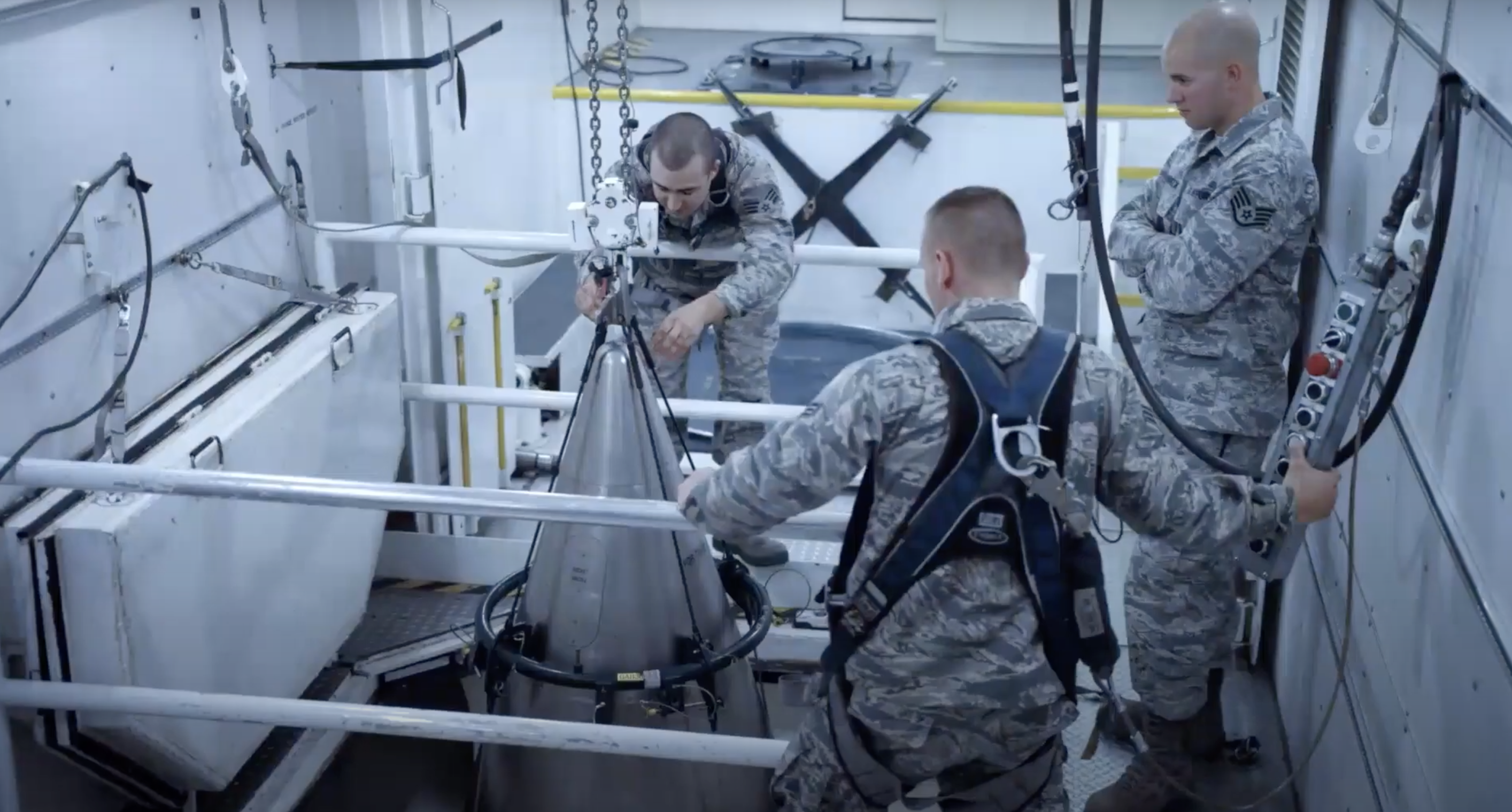

Guidehouse is approaching the Integration Support Contract 2.0 from the perspective of a trusted consultant, a third party the government can rely on for expertise and an independent perspective.
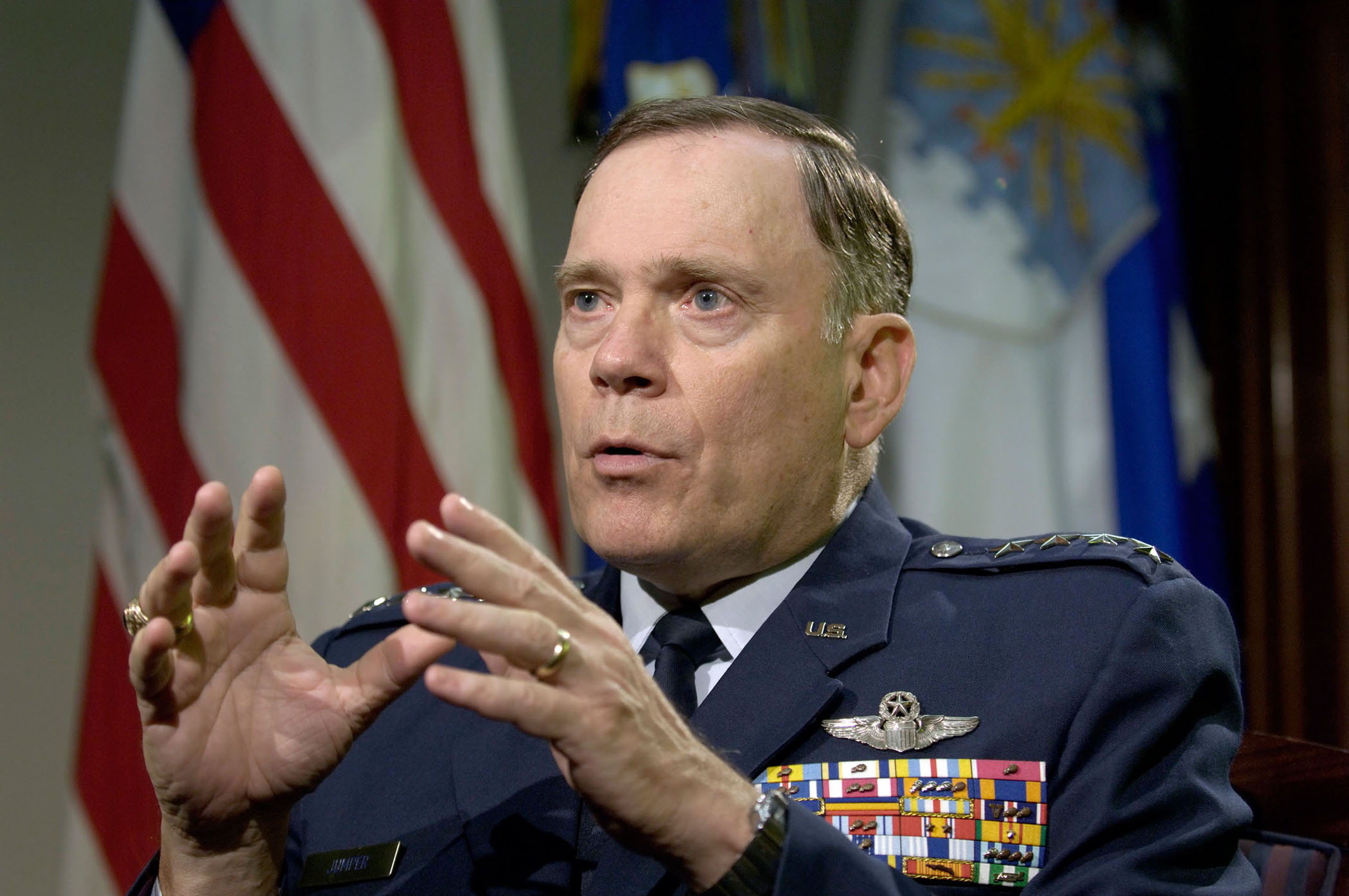
Gen. John P. Jumper was Chief of Staff of the U.S. Air Force from Sept. 6, 2001—five days before the 9/11 attacks—to Sept. 2, 2005. As Chief, he helped the Air Force adapt to fight terrorism and counterinsurgency in Afghanistan and Iraq. He offered this reflection at the request of Air Force Magazine.
For those of a certain age, the images of chaos in Afghanistan conjure up dark emotions of Vietnam in 1975—a tactical surprise born of strategic failure at the cost of American credibility.
In Afghanistan, men and women in uniform accomplished their assigned combat mission against al-Qaeda but struggled to absorb the mission creep of nation building that followed. Afghanistan now replaces Vietnam as the nation’s longest war.
The lessons of Vietnam prompted the transformation of our military services and a wake-up call for the Air Force. Since Vietnam, we have embraced the values of stealth, standoff, and precision; become better partners in the joint battlespace; and leveraged burgeoning digital power to enable near real-time command and control.
But the lessons of Afghanistan, the return of peer adversaries, and the prospects of an operationalized Space Force and rapidly advancing cyber weapons demand a new reckoning and thoughtful reflection about the expanding scope of threats that blur distinctions between the tactical, operational, and strategic levels of joint combat. Efforts to evolve joint concepts of operation should be accelerated—figuring out how we execute the joint fight as the first step of the requirements and acquisition process.
At long last, we must divest the aging systems that have consumed resources and blocked our path to sustained technical superiority. We need to heed all the lessons of Afghanistan starting with early failures in joint planning, airspace control, and coordination of conventional and special operations. These are areas where CONOPS [concepts of operations] jointly conceived and exercised can produce proficiency in the evolving doctrine of rapid, agile, and dispersed operations needed to confront the increasing scope of conventional and unconventional challenges.
The warrior mindset of the Space Force opens the door to full integration of the vertical dimension to include the cyber weapons that must be employed to secure the vital digital battlespace. The Air Force and Space Force have a unique opportunity to enhance the architecture of command and control with intelligence and information flows directly to those who need it now. These are the virtues of an operationalized Space Force and warrior-Guardians focused on delivering space power to the fight.
Our Secretary of the Air Force, Frank Kendall, Air Force Chief of Staff Gen. Charles Q. Brown Jr., and Chief of Space Operations Gen. John W. “Jay” Raymond have set the proper course. This Department of the Air Force team deserves our full support as they work to build the world’s most powerful Air and Space Forces.
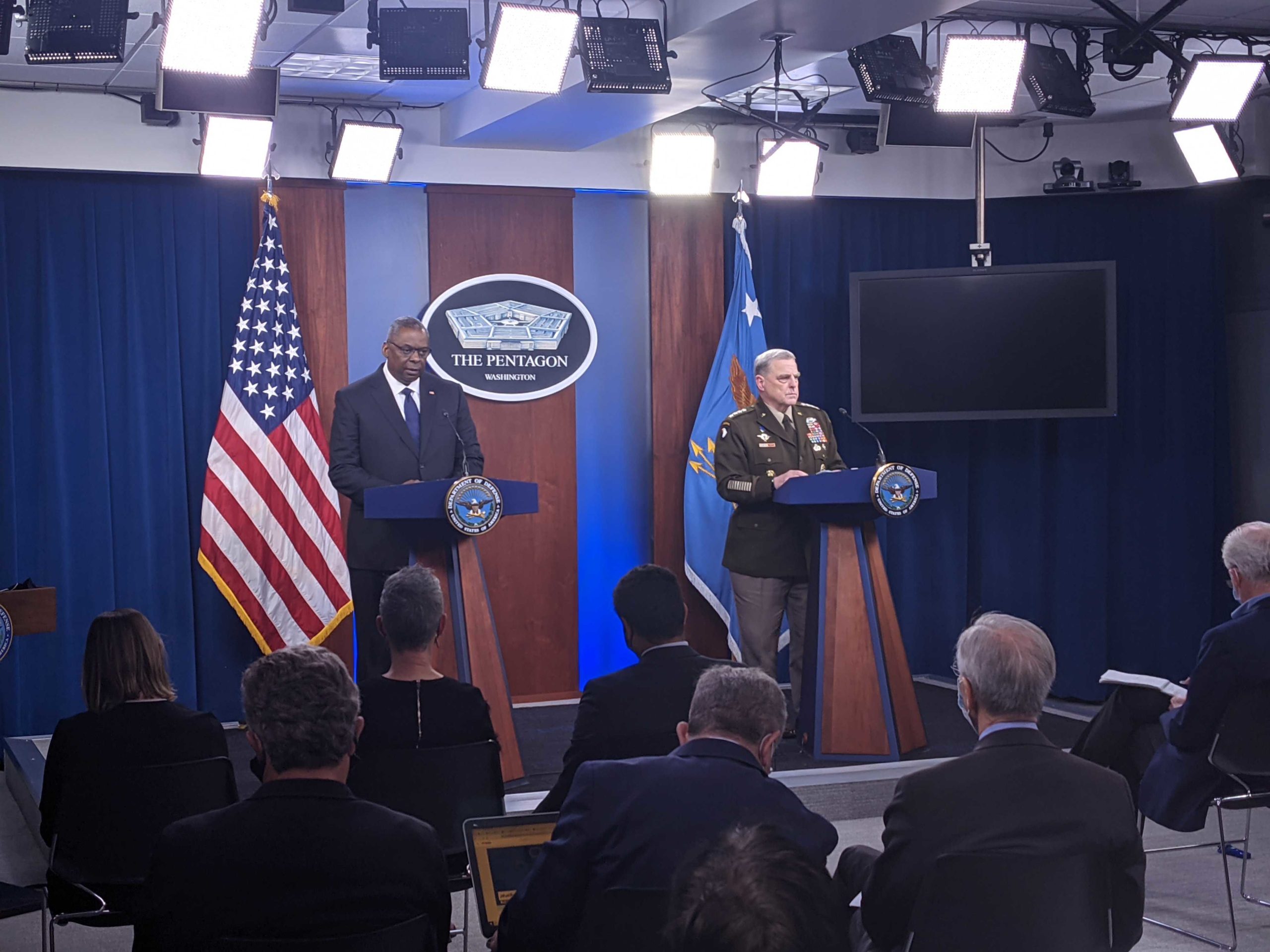
Airlift operations are increasing at the Kabul airport in Afghanistan, with about 20 C-17s flying out per day in what U.S. military leaders say is likely to be the country’s second-largest non-combatant evacuation operation in its history.
“Right now, our mission is to secure that airfield, defend that airfield, and evacuate all those who have been faithful to us,” Chairman of the Joint Chiefs of Staff Gen. Mark A. Milley said during an Aug. 18 briefing. “There will be many postmortems on this topic, but right now is not that time. Right now, there are troops at risk, and we are the United States military, and we fully intend to successfully evacuate all American citizens who want to get out of Afghanistan.”
As of early Aug. 18, 18 C-17s and one C-130 had arrived at Hamid Karzai International Airport with another 700 troops, bringing the total number of American forces there to 4,500. As of the same time, 18 C-17s also had departed with about 2,000 people, including about 325 American citizens, as well as Afghans and NATO personnel. Some commercial flights also have resumed, though they need to operate on visual flight rules, without the aid of air traffic control.
Over the next 24 hours, the Pentagon expects that number to stay consistent. The Defense Department still thinks it can fly out about 5,000 people per day, with aircraft leaving at a rate of about one per hour.
The airport continues to be secure, and the Taliban are not in any part of the facility. The group maintains checkpoints outside the airport, and its members are checking American citizens’ passports to allow passage to the airport.
U.S. troops and State Department personnel are manning two gates at the airport, with one processing 120-130 people per hour and another processing 340-350 per hour. The processing is contingent on people getting to the gates with the proper credentials.
Defense Secretary Lloyd J. Austin III said during the briefing that the military needs to remain focused on keeping the airfield secure. This means, at this time, not sending forces into Kabul to try to extract American citizens or other people.
“The forces we have are focused on the security of the airfield,” he said, asking, “What happens if we lose the ability to provide that security? We don’t want to detract from that.”
Earlier in the week, chaotic scenes showed Afghans breaching the walls of the airport and climbing onto a C-17 that had just landed. People crowded the flight line, preventing aircraft from landing or taking off.
U.S. military leaders are coordinating and “deconflicting” with the Taliban to allow people to pass. There have not been any hostile interactions with the Taliban, Austin said.
In addition to aircraft landing at the airport for evacuations, Milley said a heavy presence above the city for security includes U.S. Air Force F-16s, B-52s, AC-130s, and MQ-9s, along with F/A-18s and AV-8s. There were reports of fighter jets flying low over Kabul in the early hours of Aug. 18, but the Pentagon could not comment on those operations at the briefing.
The evacuation is solely taking place at the urban airport inside Kabul after U.S. forces drew down from bases across the country, including the massive Bagram Airfield located about an hour’s drive north of the city.
Milley said military planners considered the idea of keeping both the airport and Bagram open, or solely operating out of Bagram, which has two runways as opposed to one in Kabul. However, keeping Bagram secure requires a “significant level of military forces” and would require external security from Afghan forces. The task, at the time, was to protect the U.S. embassy in Kabul, so the decision was made to focus on the nearby airport.
Since Afghan forces collapsed in the face of the Taliban advance, there’s been rampant speculation on whether there was a failure of intelligence before the retrograde. Milley said intelligence showed “multiple scenarios” were possible, including an “outright Taliban takeover.” Others included a prolonged civil war or a negotiated settlement. On the prospect of a rapid collapse, intelligence had predicted a wide timeframe of weeks, months, and even years after a U.S. withdrawal.
“Nothing that I, or anyone else, saw indicated a collapse of this army and government in 11 days,” Milley said.
Austin said the operations will increase as efforts to bring out U.S. citizens and Afghans continue, while at the same time the U.S. will deconflict with the Taliban. The deadline of Aug. 31 still stands for bringing out all U.S. forces.
“It’s obvious, we’re not close to where we want to be in terms of getting the numbers through,” Austin said. “So we’re going to work that 24 hours a day, seven days a week, and we’re going to get everyone that we can possibly evacuate evacuated. And I’ll do that as long as we possibly can until the clock runs out or we run out of capacity.”
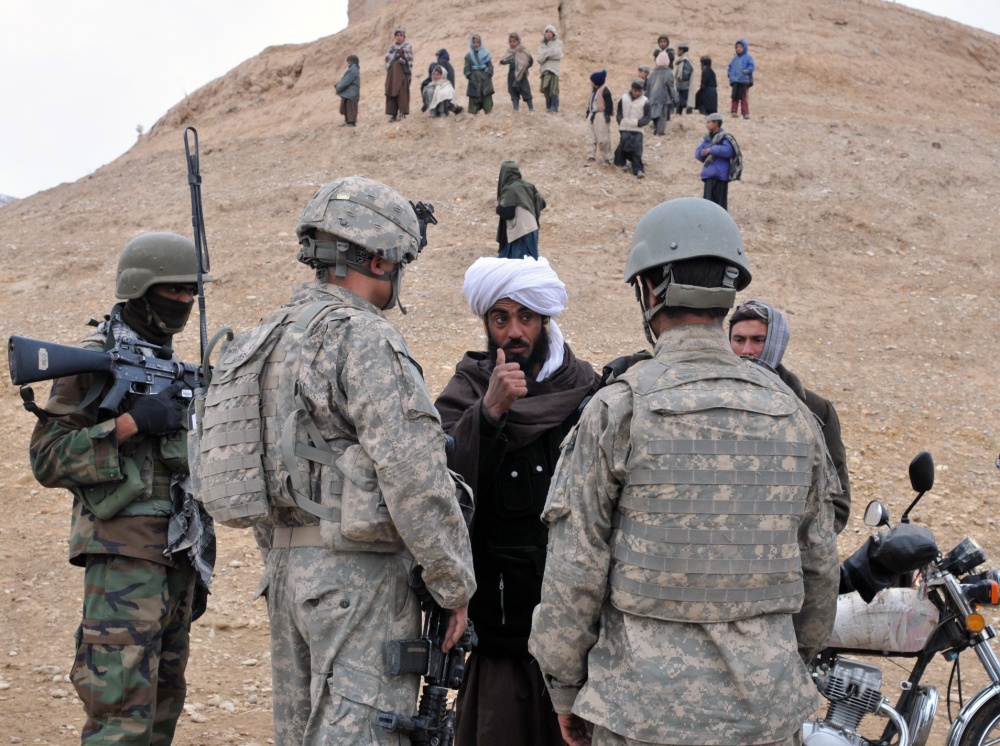
In the months after President Joe Biden announced the U.S. would fully withdraw from Afghanistan by Sept. 11, veterans groups lobbied on behalf of Afghan nationals looking to obtain special immigrant visas, urging Congress and the White House to speed up the bureaucratic process for interpreters and other partners and ensure they would not be left to face a rapidly advancing Taliban.
Now that the Taliban has seized control after an astonishingly quick conquest, U.S. troops remain only at the Hamid Karzai International Airport in Kabul, and thousands of SIV seekers and their families are in danger while veterans halfway across the globe scramble to help as many as they can.
Over Facebook, LinkedIn, text, and email, hundreds of veterans are in contact with Afghans who aided the U.S. mission over the past 20 years, retired Army Col. Steven M. Miska, director of the organization First Amendment Voice, told Air Force Magazine. The pleas for help are increasingly desperate as the Taliban establishes checkpoints and strictly regulates access to the airport.
In response, veterans have helped by backing up files and documents related to SIV applications. Then, they’ve offered what may seem like surprising advice:
“Erase everything on your phone, and burn those documents,” said Zach Asmus, a retired Airman and active volunteer with Combined Arms, a veterans group. “I mean, these are things that people have been clinging to for 20 years. They would never part with these things, because that’s your ticket out of the country. But right now if you’re caught with that on you, you’re identified as allied to the Americans, so it’s pretty much a death sentence.”
Even beyond those measures, both Asmus and Miska said, former Afghan interpreters and partners are being urged to scrub their digital presence—erase Facebook pages, wipe search engine histories, delete photos—to ensure the Taliban cannot tie them to the Americans.
“The Taliban are honestly pretty tech savvy,” Asmus said. “They’re going through people’s phones—they’re even searching their Google history. So if you’ve looked up ‘SIV application’ or ‘U.S. embassy’ or whatever, they’ll look through your pictures, they’ll look through your Google history, they’ll look through your email. And if you’ve got any ties to any of the things that we just mentioned, you’re in big trouble.”
The exact number of Afghans still in the country who are seeking special immigrant visas is not certain at the moment, as Air Force planes continue to ferry out evacuees in a chaotic environment.
Recent estimates, however, pegged the number of backlogged SIV applicants at around 20,000, said Lawrence Montreuil, a retired Marine Corps officer and current legislative director for the American Legion. Add in their families, and that makes roughly 70,000 men, women, and children in need of evacuation. At this point, getting them all out will be difficult, if not impossible, Montreuil said.
It’s a sentiment shared by others who spent months warning that such a situation might unfold unless the Biden administration or Congress acted with urgency. The American Legion and other organizations have been lobbying on behalf of the former interpreters for years now but say the SIV program was underfunded and underprioritized.
Miska has firsthand experience in aiding local partners, helping to establish an “underground railroad” in Iraq to get interpreters and allies to safety amid sectarian violence. He and others advocated for evacuations to take place before the situation devolved, pointing to past instances when the U.S. has first transported refugees to Guam or military installations for safety then processed them for visas before they were allowed to enter the country.
As the situation has become a crisis, Asmus said, the U.S. should take the most expansive approach possible in determining which Afghans it will allow on planes—not necessarily to go directly to America, but to at least have the opportunity for their SIV application to be processed while in safety.
“You have to consider everyone that has even hit the ‘Start my application’ button as a possible person that’s going to be vetted,” Asmus said. “You have to allow them safe harbor to get the documents, to contact supervisors, to be fully vetted, because we have full confidence that these 18,000 that have started the application are going to have a high acceptance rate.”
That confidence is borne from the deep bonds many veterans formed with their Afghan interpreters and counterparts throughout the course of deployments. Working closely together for so long, they became friends and partners—and now that the Afghans face potentially deadly consequences because of those bonds, the veteran community is “animated,” Miska said.
“I can speak from personal experience,” Montreuil added. “I was an Afghan National Army advisor in southern Afghanistan, and I can tell you that they were essential to not only mission accomplishment but our survival on a daily basis. So I think it’s that moral necessity that veterans feel.”
As a combat controller, Asmus had closer contact with Afghan interpreters than many in the Air Force. He, too, called them integral to the mission and said he feels compelled to advocate for them now.
“What we said to them was, ‘Hey, if you raise your hand and you help us, and you keep us safe and you let us … get home safe to our families in a couple months, we want to tell you that, you know, we appreciate that and we’re going to reciprocate that and hopefully get you back to the U.S. one day if you follow these SIV application instructions,’” Asmus said. “But the fact that maybe they do that, and it looks like they’ve exhausted everything on their end and then they’re stuck in any sort of bureaucratic red tape, it’s really a sad thing.”
At the moment, however, there is only so much veterans can do as they watch a dangerous, chaotic situation that could change at any moment. Still, what little support and help they can provide can be crucial, Miska said.
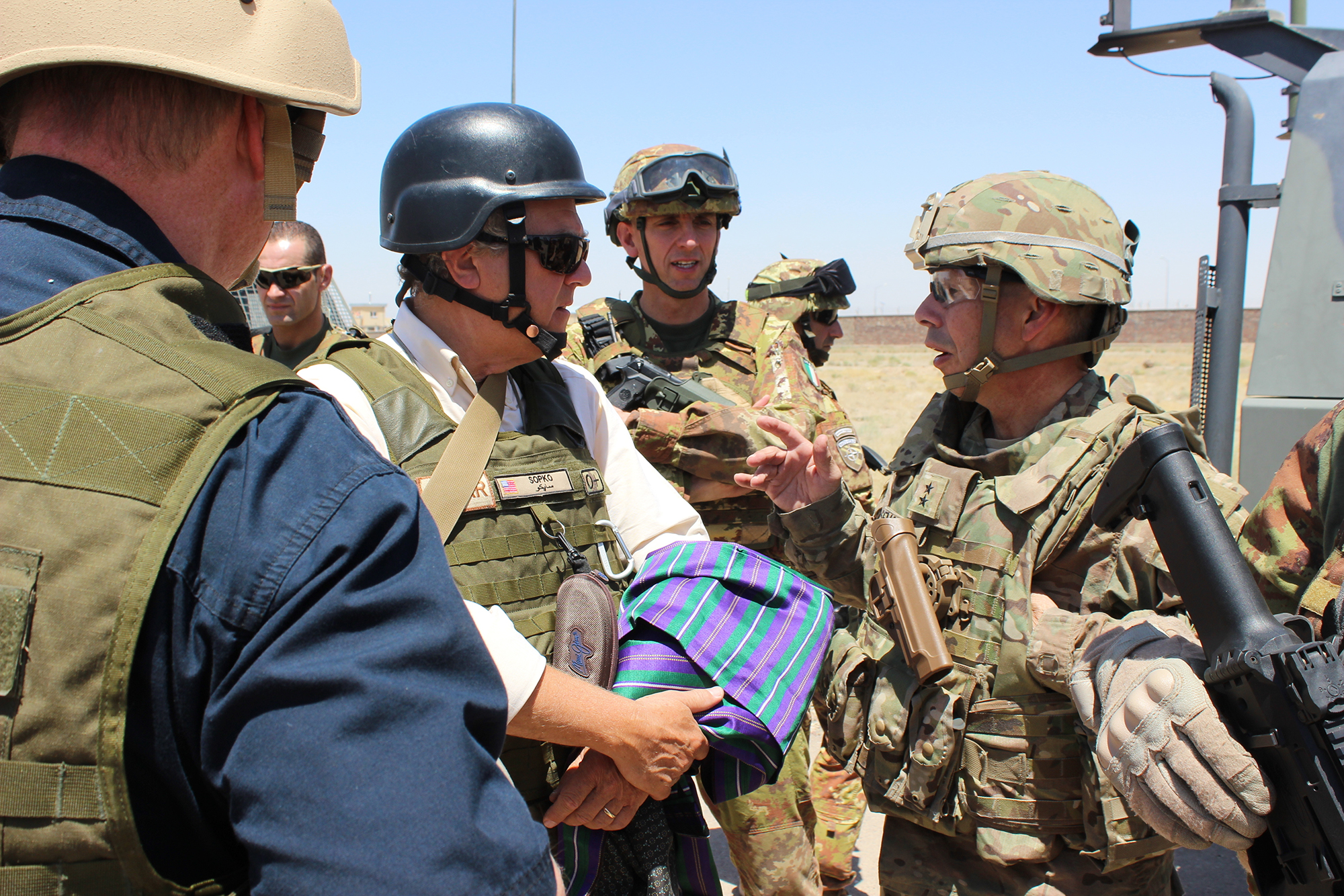
The 11th and final Special Inspector General for Afghanistan Reconstruction (SIGAR) comprehensive lessons learned report reveals telltale signs over the 10-year U.S. drawdown that the Afghan government could not sustain progress made nor provide for its own security.
The scathing report, released Aug. 16, also criticizes the $145 billion reconstruction effort for harboring unrealistic goals and timelines but commends social progress such as lower child mortality rates and increased per capita GDP and literacy rates.
“If the goal was to rebuild and leave behind a country that can sustain itself and pose little threat to U.S. national security interests, the overall picture is bleak,” the report’s conclusion reads.
The final SIGAR report also appeared to predict the Afghan military’s capitulation and Taliban takeover.
It noted that the Taliban controlled more territory and that security had progressively worsened despite $83 billion spent to build the Afghan National Defense and Security Forces.
The reason, the report stated, was a failure of clear strategy.
“At various points, the U.S. government hoped to eliminate al-Qaeda, decimate the Taliban movement that hosted it, deny all terrorist groups a safe haven in Afghanistan, build Afghan security forces so they could deny terrorists a safe haven in the future, and help the civilian government become legitimate and capable enough to win the trust of Afghans,” the report reads. “Each goal, once accomplished, was thought to move the U.S. government one step closer to being able to depart.”
But after 10 years of escalating, the U.S. gradually began to decrease its footprint and spending, starting around 2011. That drawdown revealed “how dependent and vulnerable the Afghan government remains.”
The Afghan reliance on the U.S. military to sustain progress was long known.
“There [was] a fundamental gap of understanding on the front end, overstated objectives, an overreliance on the military, and a lack of understanding of the resources necessary,” Afghanistan strategy coordinator at the National Security Council from 2007 to 2013 Douglas Lute told SIGAR.
The report also states that resources were inadequate for the job and the agencies in charge were reversed from their customary roles.
DOD had a budget of $696 billion compared to the State Department’s budget of $56 billion. The security environment necessitated that the job of political reconstruction, normally a State Department role, was instead given to the Defense Department.
“U.S. policymakers had no other viable option but to lean on the military and simply pretend State holds the reins in such missions,” the report reads.
With America pulling out all its forces, the report provides questions for policymakers to consider to avoid waste in future reconstruction efforts.
The United States is currently involved in smaller scale reconstruction efforts in a host of war-torn countries, the report notes, including Mali, Burkina Faso, Somalia, Yemen, and Ukraine.
The Afghanistan reconstruction effort was seen by policy makers as a necessary pathway to prevent a terrorist safe haven.
“U.S. officials came to believe that even the narrow mission of keeping al-Qaeda from returning required rebuilding institutions, and these were plagued by increasingly interconnected reconstruction problems,” the report reads.
The harbinger of the Taliban seizing territory as the U.S. withdrew was known as early as 2014.
“The drawdown laid bare just how hollow the alleged progress had been,” the report reads. “Contested territory that had been cleared by U.S. forces was hastily ‘transitioned’ to Afghan officials who were not ready, allowing the Taliban to seize districts as U.S. forces vacated them.”
Meanwhile, the U.S. government pressured Afghanistan’s to drastically increase the size of its military and police force to provide its own security, but without necessary funding. To do so, the length of training was cut in half.
In March 2014, then-commander of U.S. Forces-Afghanistan Gen. Joseph Dunford told the Senate Armed Services Committee that when coalition forces withdrew, “the Afghan security forces [would] begin to deteriorate.”
He continued: “The only debate is the pace of that deterioration.”
A 2017 SIGAR report concluded that the U.S.-designed Afghan force “was not able to provide nationwide security, especially as that force faced a larger threat than anticipated after the drawdown of coalition military forces.”
Even as late as 2020, nearly a quarter of the Afghan National Army had to be replaced each year due to attrition and retention problems.
“Solders going AWOL was one of the challenges driving those elevated attrition rates,” the report stated.
In the summer of 2021, the Taliban seized more than a quarter of the country in weeks.
“What Ambassador Nicholas Burns observed about the war’s early years has remained true ever since: The Afghan government ‘cannot survive without us,’” the report quoted.
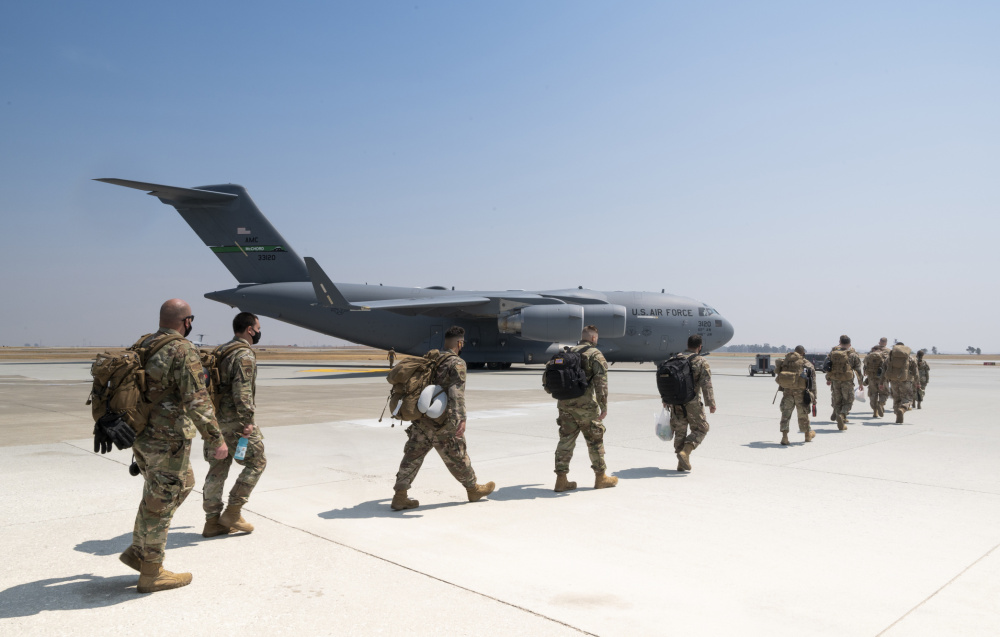
A specialized emergency response team, which was called upon months ago to close down bases in Afghanistan, is back in the country to help bring Americans and partners out as the Taliban surrounds the last remaining U.S.-controlled airfield.
The Pentagon announced Aug. 18 that Airmen with the 621st Contingency Response Group at Joint Base McGuire-Dix-Lakehurst, N.J., are deploying back to Afghanistan, just weeks after returning home, to help run air operations at Hamid Karzai International Airport, where U.S. and coalition airlifters are racing to fly out U.S. citizens and Afghans who have helped with the American cause. Defense Department photographs show Airmen with the 821st Contingency Response Group from Travis Air Force Base, Calif., also deploying. They, too, recently returned home from Afghanistan.
“This is a dynamic Air Force unit highly specialized in the rapid deployment of personnel to quickly open airfields and establish, expand, sustain, and coordinate air mobility operations,” Pentagon spokesman John F. Kirby said Aug. 18. “So, this is a group that knows how to run airfields and can help with the actual air operations on the ground.”
A CRG comprises on-call teams of Airmen who deploy on short notice to analyze an airfield and set up operations. It includes air mobility liaison officers, who coordinate with ground forces, and multi-capable Airmen who can coordinate air operations, provide security, on and offload aircraft, and conduct other missions.
At Hamid Karzai International Airport, they will run a constant flow of C-17s, C-130s, and international airlifters at the one-runway airstrip in a city now surrounded by Taliban.
Air Force Magazine spoke exclusively with some Airmen who served in this mission before the Taliban’s advance.
Col. Daniel Mollis, Task Force 74 commander and deputy commander of the 621st Contingency Response Group, called the drawdown the unit’s “Super Bowl,” saying in an early August interview that everything the community does was “coming together in terms of our capabilities.”
Contingency response Airmen got orders to quickly deploy to Afghanistan as President Joe Biden announced the withdrawal plan in April. The group built its teams and orders within 72 hours of the President’s announcement and was on the ground in Afghanistan in just 10 days—most of those in a restriction of movement due to COVID-19.
“It’s not hard to fill our requirements. This was something that everyone was ready to go do—and ready to drop everything, no notice, and go execute this mission,” he said.
The task force sent teams to airfields and forward operating bases across the country to bring out sensitive equipment and people, while also repairing airfields for operations and providing security. The teams dispersed to locations with very limited communications, operating on “mission-type orders” to bring out equipment, personnel, and themselves without regular command and control.
“[On a] tight timeline, with limited personnel, we have limited capability and equipment … and you have a constant airflow that we have to maintain in order to continue that timeline,” Mollis said. “So when things like that happen, where a runway needs repair and we don’t have the [civil engineer] capabilities on hand, that’s when that mindset steps in that, well, we’re going to figure out how to do it safely, but we’re going to get it done.”
The small numbers of Airmen have to do everything to conduct those operations and to scale based on the size of the installation—from a FOB to Bagram. “Because, eventually we had to get ourselves out the door,” he said. “So, you’re slowly decreasing your scale while conducting the retrograde. So, to me, it’s almost like taking apart the aircraft as you’re still flying.”
The task force did not have the “clearest definition of requirements, or what we had to go do,” just a timeline from the joint force commander. “And that happens often with our mission … When there’s a gap, we’re called. We are a good force to be called upon to go execute and fill those gaps and seams.”
For Mollis, that initial withdrawal was the “culmination” of his career.
“It was the opportunity to do something that really made the entire, multiple decades, matter, and that’s what carried me through what was also the hardest thing I’ve ever done in my life. But it was truly an honor to see what these Airmen accomplished,” he said. “I feel that I asked way too much on a daily basis, and they exceeded it every day.”
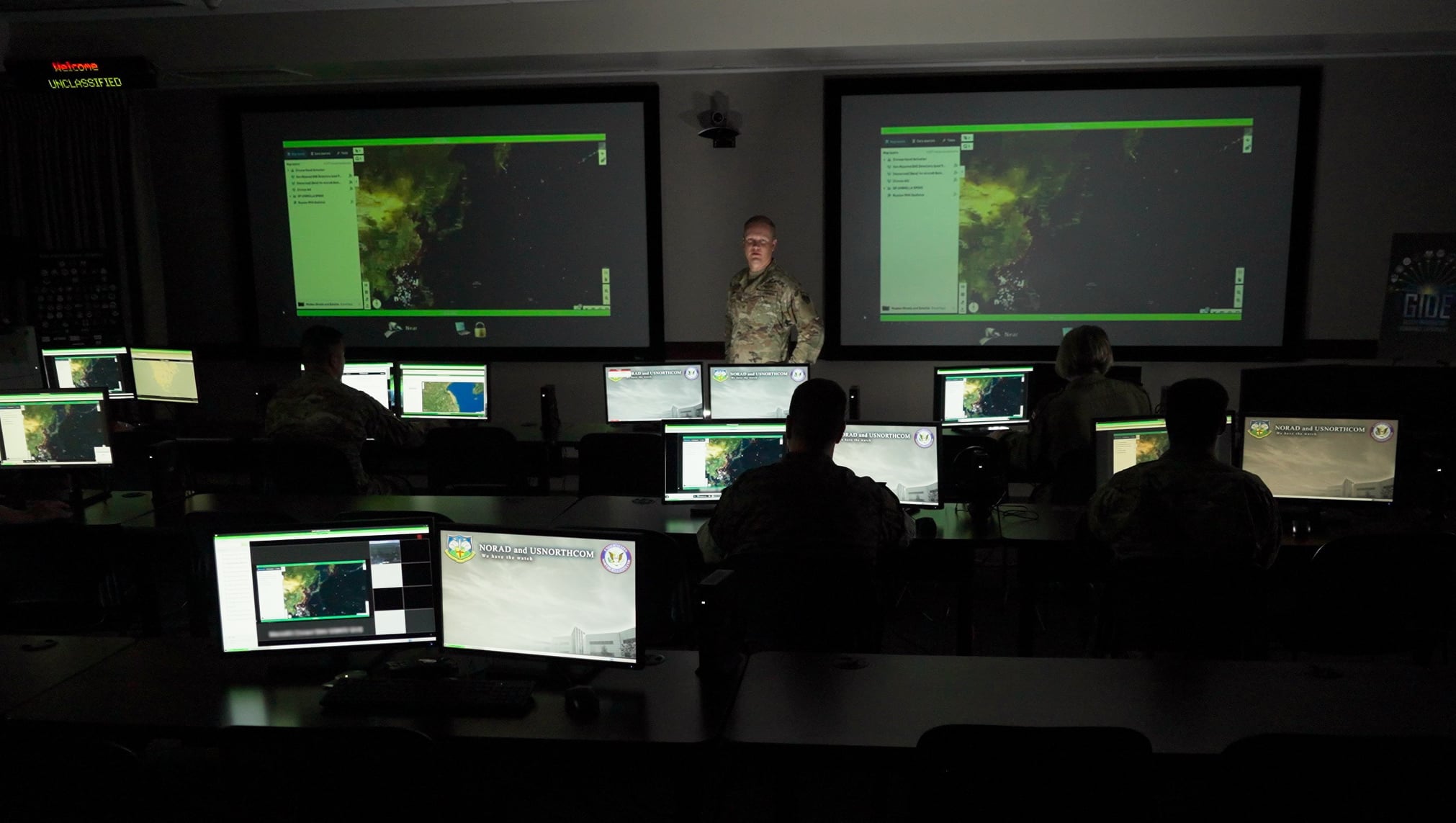
The head of U.S. Northern Command says the United States needs to modernize its communication and warning systems for homeland defense to ensure leaders have more time and better options before launching a kinetic response to potential threats.
Future operations will inevitably demand that multiple combatant commands work together, often in multiple domains, to defend the U.S. homeland, said Air Force Gen. Glen D. VanHerck, who leads both NORTHCOM and the North American Aerospace Defense Command, speaking Aug. 17 at a Center for Strategic and International Studies event. “I think this is the way of the future, whether that be for a peer competitor or even a rogue actor who has access to information that creates opportunities for them to challenge [us] across all domains.”
Created 20 years ago in the wake of the 9/11 attacks on New York and Washington, D.C., NORTHCOM still relies on the same analog systems and processes to share threat data and intelligence. For example, if a warning radar detects a Russian bomber approaching from the Northeast, controllers must telephone the command center, where another operator must make another call to the appropriate sector, either the continental NORAD region, Alaska NORAD region, or Canadian NORAD region. Only then would someone call VanHerck’s headquarters. The process takes minutes to unfold.
“That’s not good enough,” Van Herck said. “Imagine having a single pane of glass [that allows you to] see that all in real time, … so you can globally collaborate on response options to something like that. That’s where we’re going.”
NORTHCOM completed the third in a series of Global Information Dominance Experiments, known as GIDE, July 8-15. GIDE applies machine learning to create an artificial intelligence system that shares information across all 11 combatant commands in “real time, or near-real time,” VanHerck said.
The latest experiment included three “synchronized but distinct stages,” according to a NORAD/NORTHCOM release:
In the competition stage of the July experiment, a GIDE team aggregated early indications and warnings from 120 days of geopolitical events, using real-world alerts to highlight adversary actions and requiring collaboration across combatant commands. During the experiment, leaders used artificial intelligence to review deterrence responses, according to a video shown during the CSIS event.
The GIDE 3 experiment also included a conflict stage in which a military Blue Force faced off against Red Force threats at Michigan’s Alpena Combat Readiness Training Center. A cloud-based computer network, accessible both in Michigan and at Tyndall Air Force Base, Fla., enabled participants to share data and demonstrate responses.
In the first GIDE experiment, in December, NORAD and USNORTHCOM took part in a table-top exercise with U.S. Southern Command, U.S. Indo-Pacific Command, U.S. Transportation Command, U.S. Strategic Command, and the undersecretary of defense for intelligence and security to prototype the concept. Then in March, GIDE 2 expanded participation to all the combatant commands and brought in the JAIC. Unlike the first experiment, GIDE 2 included “live-fly events,” according to a release.
The Department of the Air Force Chief Architect Office provided “significant funding and manpower resources” for GIDE 3.
“I think the tools that we demonstrated are ready to be applied at the operational to strategic level to create time and decision space,” VanHerck said.
A fourth experiment is planned for fall 2021.
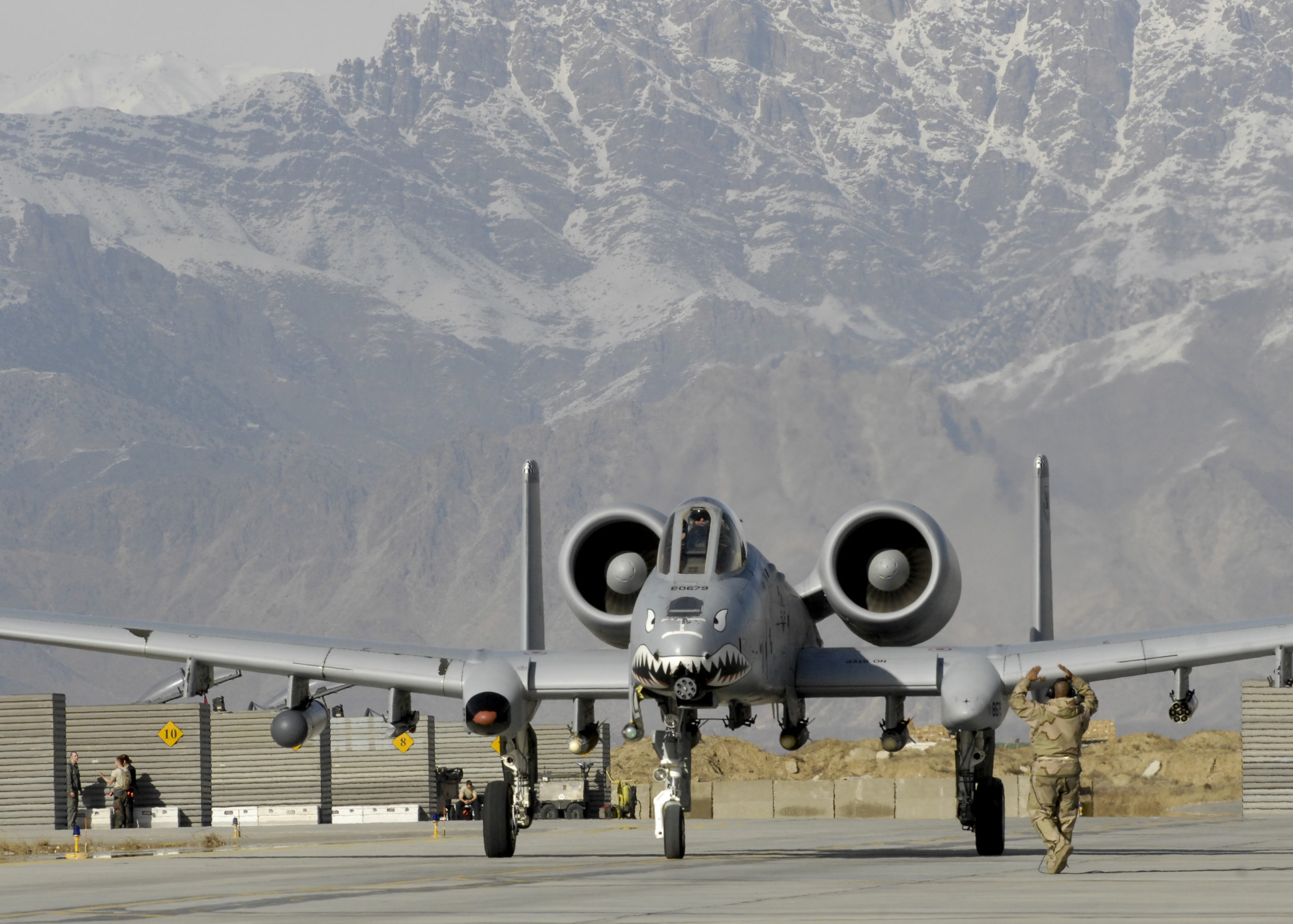
Airpower rapidly achieved America’s goals in the Afghanistan War 20 years ago, but a change in the mission led inexorably to this week’s chaotic exit, Air Force Association leaders said Aug. 17.
“Afghanistan will be long remembered as an unsuccessful ground war” that followed a “highly successful aerospace power campaign,” said retired Lt. Gen. David Deptula, dean of AFA’s Mitchell Institute for Aerospace Studies, in a message posted on the association’s website.
By late 2001, just three months after the 9/11 attacks, critical U.S. security interests in Afghanistan had been achieved, Deptula said, by partnering U.S. airpower with “a light footprint of special operations personnel” and the Afghan Northern Alliance.
“Neutering al-Qaeda and eliminating Afghanistan as al-Qaeda’s sanctuary were critical U.S. security objectives,” Deptula said, but “trying to turn Afghanistan into a democracy was not.” This, he said, was “the critical error of U.S. strategy perpetuated by four Presidents and 20 years of U.S. Army leadership.”
Aerospace power is also closing out the U.S. presence in Afghanistan, he noted: “A small contingent of security forces are holding the airport in Kabul, helping evacuate friends and allies amid an unfolding disaster.”
Now comes the “trillion-dollar question,” he said.
“Why did the U.S. pour hundreds of thousands of ground forces into Afghanistan over 20 years after U.S. vital security objectives were realized?” The question is not one of mere historical interest, he said, because “the answer illustrates the importance of clearly defining U.S. security objectives and acting rapidly and effectively, with the right amount and right kind of force, to achieve them.”
In a June op-ed for Forbes, Deptula wrote that Afghanistan suffered from “a serious case of mission creep. We evolved from a mission of unquestionable security rationale into one that was not ours to solve”—the transformation of Afghanistan into a modern, democratic nation-state.
“This mission creep will not be easy to admit, but it is necessary to recognize if we are to avoid similar outcomes in future conflicts. It also highlights the failure of the ground-centric, nation-building-via-a-land-occupation strategy embraced by U.S. Central Command and by a U.S. Joint Staff dominated by land warfare officers who did not learn—or relearn—the lessons of Vietnam.”
Deptula argued that the key capabilities for the U.S. military are intelligence, surveillance, and reconnaissance “to understand the threat” and to maintain “kinetic options against high-value targets,” and providing both these capabilities to friendly indigenous forces where appropriate. The fact that U.S. forces engage this way worldwide—and that people are generally unaware of it—“is proof of their effectiveness,” he wrote. “Threats are managed discreetly, challenging situations are kept under control, and U.S personnel are not subject to undue risk.”
Rapid global response and ISR are hallmarks of aerospace power, and “if properly understood, [it] should be the force of choice for U.S. national security leadership in the coming weeks, months, and years,” he asserted.
Retired Maj. Gen. Doug Raaberg, AFA executive vice president, said, “We do know this: America’s Air and Space forces are the most lethal arm of a more lethal joint force; they will be there when America’s vital interests are at risk and civilian authorities need them most.”
AFA President retired Lt. Gen. Bruce “Orville” Wright said, “How we reflect on what has passed, and what we learn from it, will say more about our future than it will about what got us to this point.” He urged that “we … never forget, and forever honor the courage and ultimate selfless sacrifice of America’s war fighters and their families.”
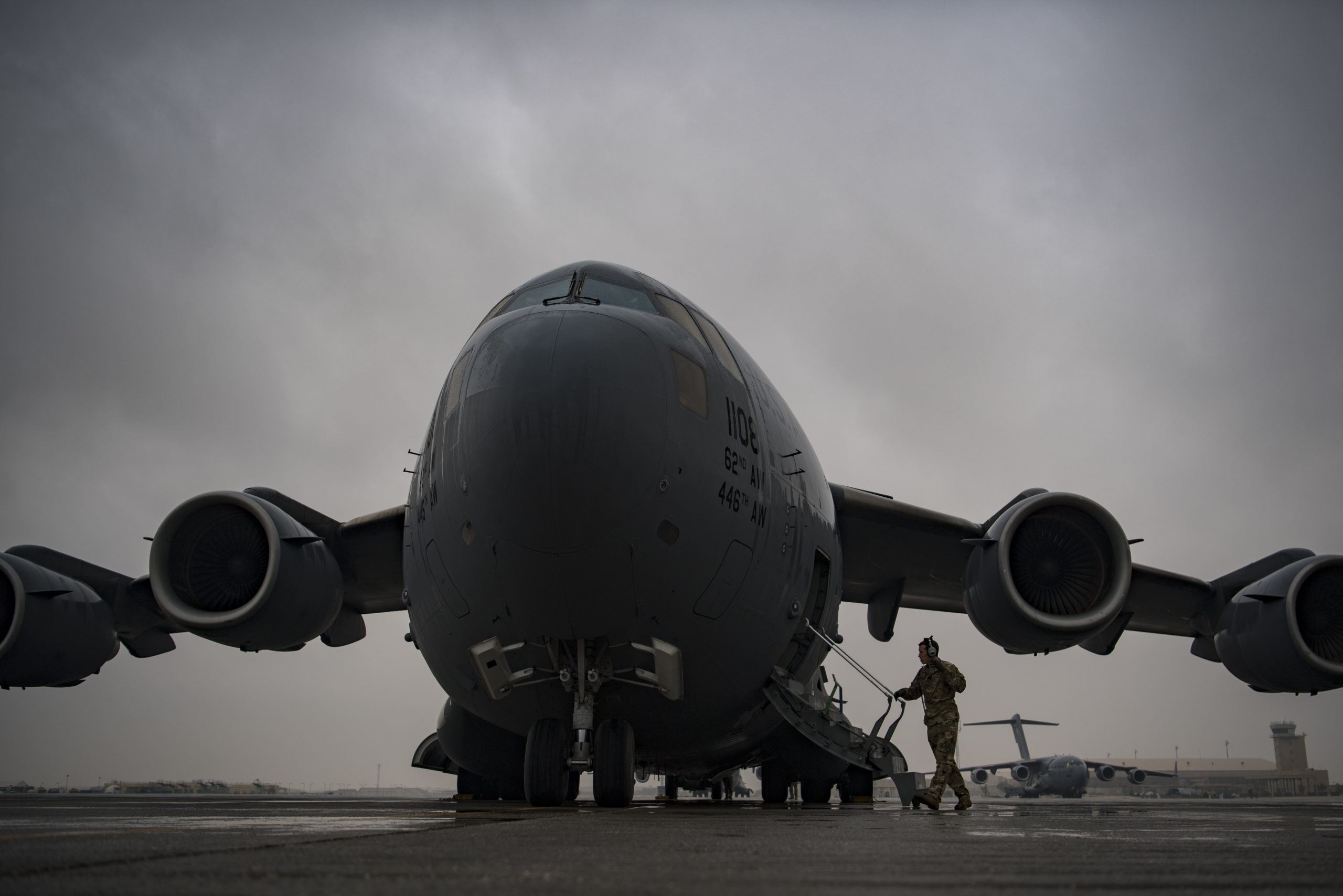
The Air Force is investigating the events that led to a C-17 taking off with civilians clinging to its landing gear then falling to their deaths as the aircraft left Kabul, Afghanistan, amid a chaotic scene Aug. 16.
Videos of the C-17 departing have been seen around the world, with a mob surrounding it as it taxied at Hamid Karzai International Airport. Other videos showed at least one person falling after it took off.
The Air Force Office of Special Investigations is reviewing all information regarding the incident, in coordination with Air Mobility Command and other international partners.
“OSI’s review will be thorough to ensure we obtain the facts regarding this tragic incident,” the Air Force said in a statement. “Our hearts go out to the families of the deceased.”
The C-17, tail number 2-1109, deployed from Joint Base Lewis-McChord, Wash. Deployed aircraft are regularly flown by aircrews from other locations. It landed at Hamid Karzai International Airport on Aug. 16 to deliver a load of equipment to support the evacuation of both American and Afghan civilians from the country as the Taliban claimed control of Kabul.
Before the aircrew could even offload the cargo, however, the plane was surrounded by hundreds of Afghan civilians who had breached the perimeter of the airport, according to the statement.
“Faced with a rapidly deteriorating security situation around the aircraft, the C-17 crew decided to depart the airfield as quickly as possible,” the Air Force said.
Human remains were discovered in the wheel well of the C-17 once it returned to Al Udeid Air Base, Qatar. The C-17 is impounded to allow crews to collect the remains and inspect the aircraft before it returns to flight.
In addition to the review, AMC safety officials “are doing due diligence to better understand how events unfolded” to ensure current and future flight operations are safe.
“Alongside our joint force, interagency, and international partners, the U.S. Air Force remains laser-focused on maintaining security at HKIA to prevent a situation like this from happening again as we safely process Afghan civilians seeking to depart the country,” the Air Force said.